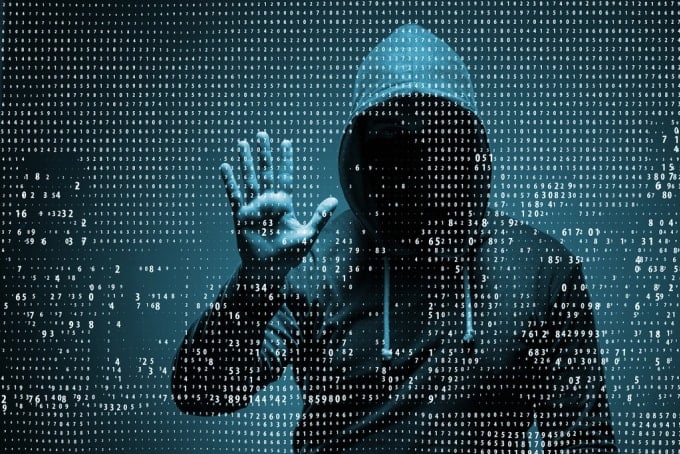NFTs made legal history last week. For the first time in federal court, Judge Beth Bloom of the US District Court for the Southern District of Florida ruled that sending an NFT can be considered legal notice. Why did the judge decide to use NFT for legal purposes?
Why did the judge allow the use of NFTs for legal notice?
One of the main use cases for cryptocurrencies is anonymity. Users can transact with other people anywhere in the world anonymously and without trust. This advantage also creates problems, unfortunately.
With greater anonymity also comes the greater chance of being scammed. Scammers use fake identities and convince unsuspecting victims to transfer their cryptocurrency to them. Because opening a crypto wallet does not require personal identification, it is generally impossible to track down anonymous scammers to recover the funds.

This presents a dilemma. There is a chain of events that must be completed before the authorities can help recover the stolen funds. Victims of theft must first file a police report. The police then evaluate the complaint for probable cause before potentially serving a warrant. However, because there is nowhere to send the warrant, the police are unable to complete their legally mandated procedure and begin their investigation.
Enter NFTs. Every Ethereum transaction includes the public address of the sender and the recipient. This case marks the second time in US history that a judge has allowed a fraudster’s public address to serve as sufficient identifying information. The victim’s defense attorneys filed a lawsuit against the scammer, and the judge allowed a notice of legal action to be sent to the scammer’s Ethereum account as an NFT.
What were the details of the case?
The victim of the robbery, named Rangan Bandyopadhyay, lost $971,291 worth of USDT after connecting his Coinbase wallet to a fake liquidity mining pool website in 2021. The crooks emptied all the funds from his wallet and transferred them to Binance, the World’s largest crypto exchange. Bandyopadhyay sued the scammers by creating an NFT of the Notice of Lawsuit before sending it to his Ethereum address.
According to Judge Bloom, this action is enough to move the case through the legal process.

Image Credit: Wikipedia
It is unclear whether or not Bandyopadhyay will be able to get his money back. For reference, the US government has managed to freeze stolen assets involving USDC, a stablecoin created by US company Circle. Unfortunately for Bandyopadhyay, however, USDT is issued by a Hong Kong company that is less likely to cooperate with US authorities. Furthermore, Binance, the exchange that is holding the stolen funds, is infamous for hiding its corporate headquartersis not under the jurisdiction of US regulations.
However, Bandyopadyay’s lawyer commented: “The fact that we know where the crypto is makes the whole collection strategy viable.”
What is the future of NFTs for legal purposes?
This court decision demonstrates the willingness of the US judicial system to use technology to level the digital playing field. Sophisticated criminals no longer rob banks. They steal DeFi protocols and scam cryptocurrency users out of millions of dollars every year.
By embracing NFTs as a method of identifying criminals, US authorities are moving forward to bring our legal processes into the world of Web3.

All investment/financial opinions expressed by NFTevening.com are not recommendations.
This article is educational material.
As always, do your own research before making any type of investment.
 NEWSLETTER
NEWSLETTER






